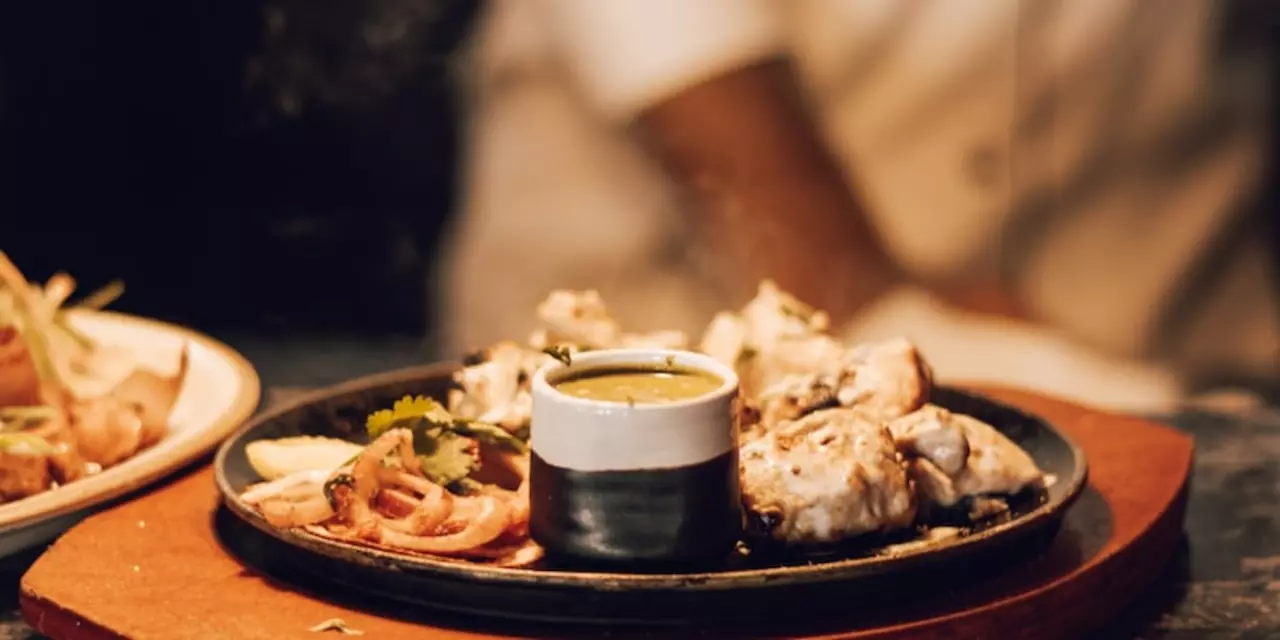Indian Cuisine: A Guide to Flavors, Recipes, and Cooking Tips
If you’ve ever wondered why Indian food feels like a party in your mouth, you’re not alone. The secret lies in bold spices, fresh herbs, and a culture that treats cooking like storytelling. You don’t need a culinary degree to start; a few basics and a curious palate are enough to bring the magic to your kitchen.
Key Ingredients and Spices
First things first – the spice rack. Most Indian dishes rely on a core set of spices: cumin, coriander, turmeric, garam masala, and mustard seeds. Keep them whole first; toast them in a dry pan for 30 seconds to release aroma, then grind or crush. This step makes a huge difference.
Don’t forget the aromatics. Onion, garlic, ginger, and green chilies form the flavor base for almost every curry. Chop them finely, sweat them in oil, and you’ll have a fragrant foundation that’s hard to beat.
For the creamy side of the cuisine, use yogurt, coconut milk, or cashew paste. They balance heat and add richness without drowning the dish in cream. A splash of lemon juice or a handful of fresh cilantro at the end brightens everything up.
Must‑Try Dishes from Different Regions
India’s culinary map is a patchwork of regional specialties. Here are three crowd‑pleasers that showcase the diversity:
North – Butter Chicken: Marinate chicken pieces in yogurt, ginger‑garlic paste, and a pinch of chili powder. Grill or sear them, then simmer in a tomato‑onion sauce spiked with butter, cream, and garam masala. Serve with naan or rice.
South – Masala Dosa: This is a thin, crispy rice‑lentil crepe stuffed with spiced mashed potatoes. The batter needs a night of fermentation, but the result is worth the wait. Pair it with coconut chutney and sambar for a full‑plate experience.
West – Pani Puri: Small, hollow puris are filled with a tangy mix of boiled potatoes, chickpeas, and a splash of tamarind water (pani). It’s a fun, bite‑size snack that lets you play with sweet, sour, and spicy flavors all at once.
When you try these dishes, keep a few practical tips in mind: use a heavy‑bottomed pan to prevent burning, taste as you go, and adjust spice levels to fit your comfort zone. Indian cooking is forgiving – if a sauce gets too thick, thin it with water or broth; if it’s too mild, add a pinch more chili or pepper.
Lastly, don’t be afraid to experiment. Swap paneer for tofu, use cauliflower rice instead of white rice, or try a different oil like mustard or coconut. The beauty of Indian cuisine is its adaptability. With a handful of spices and a bit of curiosity, you can turn any meal into a flavorful adventure.
If given a choice, which Indian cuisine would you eat every day?
Indian food is a diverse cuisine that offers a variety of flavors and textures. With its wide range of flavors, spices, and ingredients, Indian cuisine has something to offer everyone. From delicious curries to classic favorites like samosas and biryani, there are many delicious dishes that can be enjoyed every day. Depending on your preferences, you can choose from a variety of regional cuisines such as North Indian, South Indian, Bengali, and more. Indian food is so varied and flavorful that you can always find something new to try. With its endless variety, it's no wonder that Indian cuisine is one of the most popular in the world.
